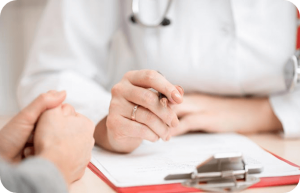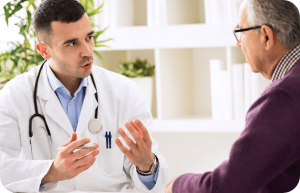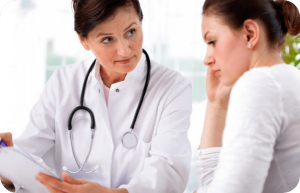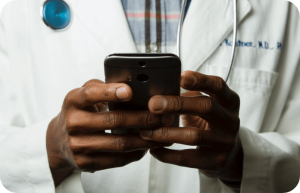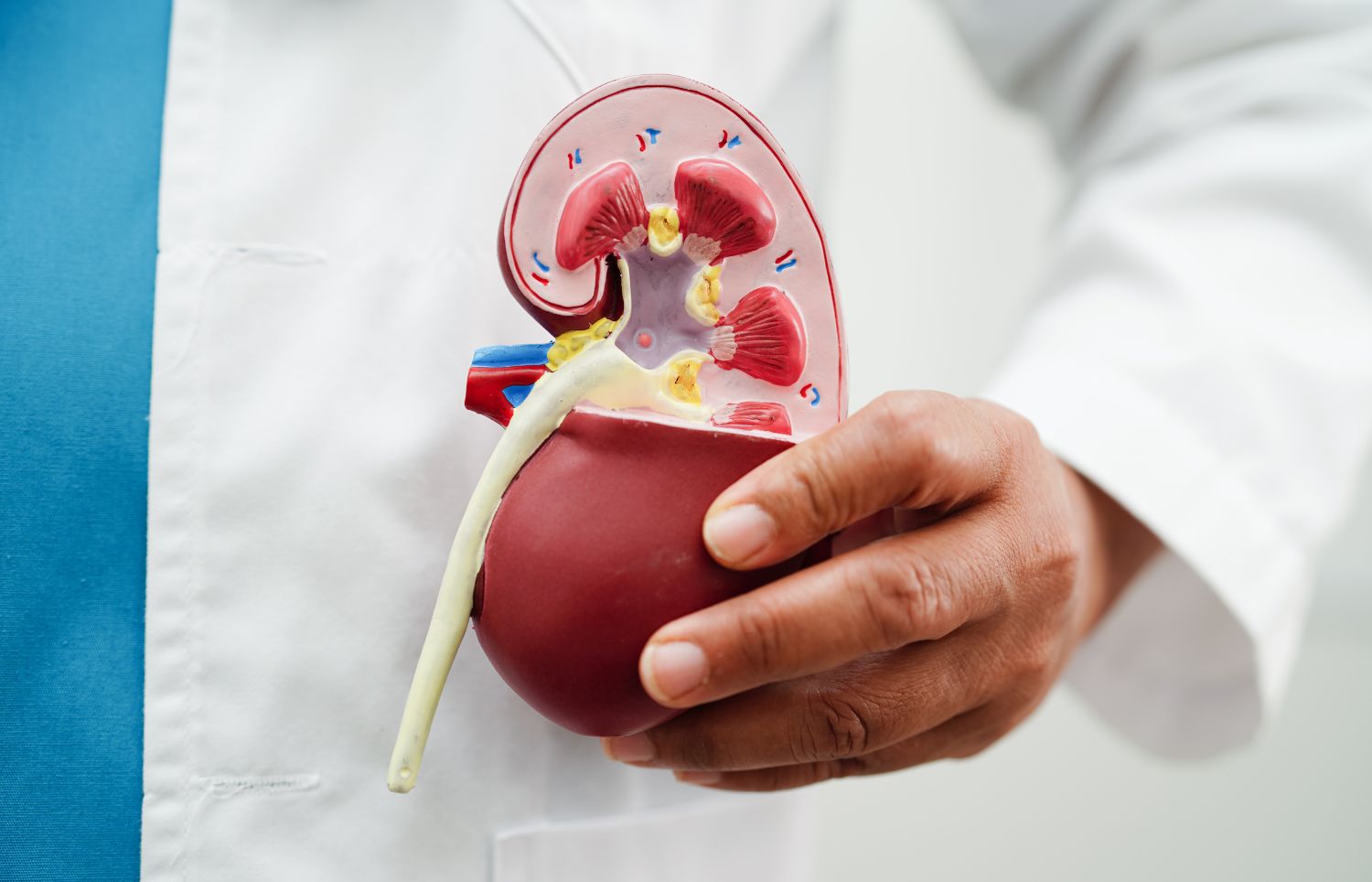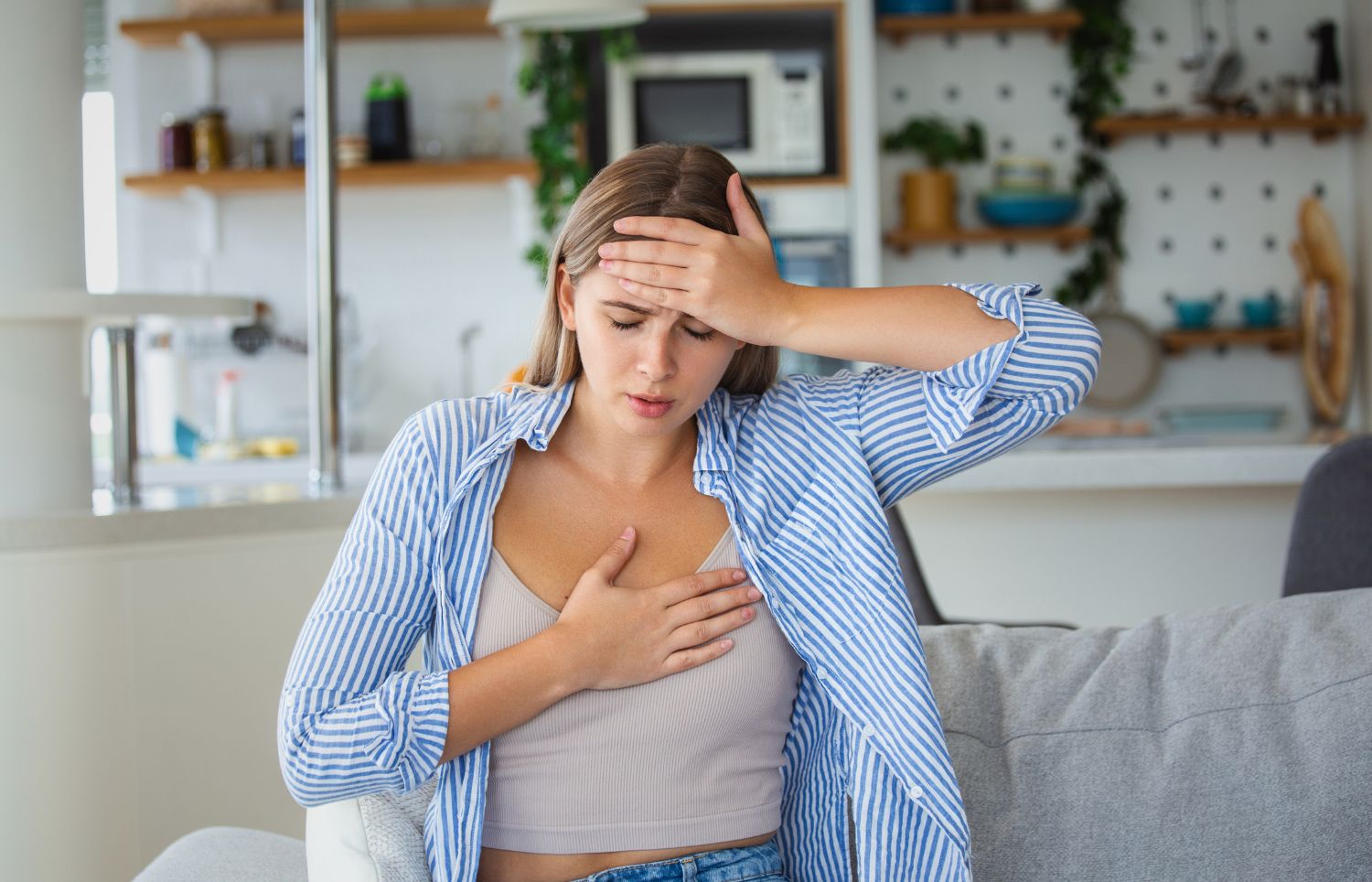What is Endometriosis?
Endometriosis is a condition when cells from the lining of the womb attach themselves to other parts and organs in the body. These cells act on the same hormones as the womb and build up, break down and bleed. In the womb these cells would be shed during the monthly cycle as part of a woman’s period, however, these other cells located in other parts of the body cannot escape and can cause inflammation, pain and scar tissue.
Around 1.5 million women in the UK are affected, it is a condition that can affect any woman of childbearing age.
Endometriosis Symptoms
Endometriosis symptoms usually causes the sufferer to experience abdominal and pelvic pain and discomfort. It can also cause painful bladder and bowel issues due to the formation of cells attaching to the bladder or bowel. The most recognised symptoms are:
- Painful, heavy and/ or irregular periods
- Pain during or after sex
- Painful bowel movements
- Fatigue
- Fertility issues
Women may also experience painful bladder or urinations symptoms, suffer from bloating, constipation or diarrhoea (irritable bowel syndrome symptoms), back, leg, groin pain, and depression.
Why Might A Person With Endometriosis Suffer With Bladder Or Bowel Problems?
The cells that normally form in the womb can form outside the bladder or bowel or burrow deeper within the walls of the bladder or bowel. These cells will react in the same way as they would in the womb leading to blood becoming trapped in these organs. It is the trapped blood that causes the pain as it becomes inflamed. It is more common for the bowel to be affected than the bladder. The pain experienced can make it difficult to urinate or have a bowel movement. If your bladder is affected then you may experience an overactive bladder, where you have feelings of urgency or frequency as well as pain. If your bowel is affected you may experience episodes of diarrhoea and/ or constipation plus uncomfortable bloating.
The NHS have created the following video about Endometriosis.
Endometriosis Treatments
There is currently no cure. The aim of Endometriosis treatments is to reduce the severity of the symptoms and the hormones that contribute to the issue. If it can be controlled then this will likely alleviate any associated bladder or bowel issues.
CONSERVATIVE TREATMENTS
Heat Relief
If your symptoms are relatively mild but are still causing you discomfort then you may find some relief by applying a hot water bottle in the affected area or a hot bath can help to reduce the contractions felt and make you feel more comfortable.
TENS Machine
TENS stands for Transcutaneous Electrical Nerve Stimulator and uses electrodes that attach to the skin to send electrical pulses into the body, which can help to block the nerves that produce the pain messages. It is best to check with your GP to see whether the TENS machine is suitable for you as it is not recommended for all including those who suffer with certain heart conditions.
Gentle Exercise
Gentle exercises such as yoga and pilates can help to strengthen and support the pelvic area, which can help to reduce the pain. Exercise will also release endorphins which can elevate your mood and reduce pain.
MEDICINAL
Painkillers
It may be necessary to take oral painkillers to help reduce the pain. Simple paracetamol can help if you have mild pain. NSAID medications such as ibuprofen can help to reduce inflammation as well as pain. Not everyone can tolerate NSAIDS though and you shouldn’t take this medication without consulting your GP or if you have any other medical conditions such as kidney disease. Codeine is a stronger painkiller but can cause issues with constipation, which may unsettle your condition if your issue is on the bowel.
Antidepressants
Certain antidepressants such as tricyclic antidepressants can also act as a pain modifier by stopping or slowing the pain messages from your nerves to your brain.
Combined Oral Contraceptive Pill
‘The Pill’ contains a combination of oestrogen and progesterone and works by stopping ovulation. The hormones in the pill decrease the lining of the womb, which helps to lighten periods and reduce endometriosis symptoms.
Progestogens
Medications that contain progesterones help by reducing the growth and reducing the inflammation associated with it. These treatments can also stop ovulation and menstruation. Some treatments commonly used include
- Mirena Coil – releases progestogens over 5 years and may not necessarily stop ovulation
- Provera
- Primolut
- Duphaston
- Depo-Provera – is administered as an injection rather than as an oral medication. The effects of the treatment can last up to a year
GnRH Analogues
GnRH Analogues are a modified form of a natural hormone called gonadotropin releasing hormone. This medication helps to reduce the amount of oestrogen in the body by putting it into a temporary menopausal state, which causes it to become inactive. Additional medication or HRT may be needed to prevent the side effects of oestrogen depletion.
Testosterone
Testosterone is a male hormone but a synthetic version of this can be used to suppress the production of oestrogen and progesterone, which again put the body into a temporary menopausal state to inhibit the growth.
SURGICAL
Laparoscopy
Laparoscopic surgery (keyhole surgery) may be used to cut out or laser off endometriosis as it grows. As endometriosis tend to recur, this procedure may need to be repeated several times. The same removal methods may be used if the bladder is affected.
Bowel Surgery
If your bowel has been affected then you may have surgery in the affected area. This surgery may be performed laparoscopically or as an open surgery depending on the extent of your condition/ The main options for bowel surgery include:
- A resection – where the affected portion of bowel is removed and the two ends are joined back together
- For smaller areas, a disc of the bowel may be removed and then the hole sewn back together
- For small patches on the outside of the bowel they may shave these areas off but this may leave some endometrial tissue behind
Occasionally during a resection, the two ends of the bowel may not be able to be joined together straight away and you may need a temporary colostomy where a piece of your bowel is rerouted through your abdomen and you will need to wear a bag over the top to collect the faeces. After a few weeks or months, you will be able to have surgery to reverse the colostomy and rejoin your bowel.
Hysterectomy
This is a fairly major surgery that involves the removal of the womb, the ovaries may also be taken or they can be left in. This treatment is only recommended if you have no plans to either start or add to your family as it’s an irreversible decision and can have certain complications and side effects.
Oopherectomy
This is when either one or both ovaries are surgically removed. When the ovaries are removed this places the body into an instant and irreversible menopause. This surgery should only be considered as a last resort and if all other treatments have failed to control the endometriosis.
Further information and downloads can be found in the help & information section. Living with a bladder or bowel condition or caring for someone with a bladder and bowel condition can affect you emotionally and socially; sometimes it can help to speak to others who understand your situation. The Bladder & Bowel Community Support Group is available 24 hours today and will allow you to connect with those who share your condition. Start your own topic today or just follow one that interests you.

